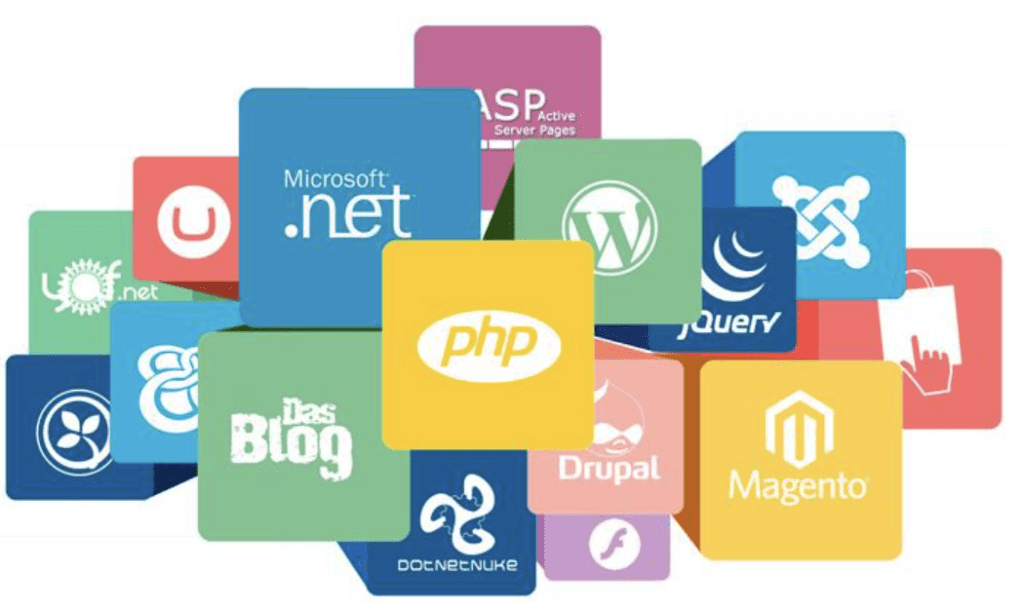Web frameworks have become essential tools in modern web development, helping developers build scalable, secure, and high-performing web applications more efficiently. A web framework provides a structured foundation for developers, streamlining repetitive tasks and enabling them to focus on the unique aspects of their applications. In this article, we will explore the basics of web frameworks, their benefits, and some of the most popular frameworks available today.
What is a Web Framework?
A web framework is a software platform designed to support the development of web applications, including web services, APIs, and websites. It provides developers with a set of tools, libraries, and best practices for building, deploying, and maintaining web applications. Frameworks help simplify complex tasks such as routing, database management, authentication, and session handling, making web development more efficient and consistent.
Benefits of Using Web Frameworks
Web frameworks offer a wide range of benefits for developers, from increasing productivity to improving security. Here are some of the key advantages:
1. Increased Development Speed
Web frameworks come with pre-built components, templates, and libraries that allow developers to write less code while achieving more. By automating repetitive tasks, such as form validation, session management, and authentication, frameworks accelerate the development process, enabling faster project completion.
2. Improved Security
Many web frameworks include built-in security features, such as protection against cross-site scripting (XSS), cross-site request forgery (CSRF), and SQL injection. By following best practices and using secure libraries, developers can reduce vulnerabilities and build more secure applications.
3. Scalability
Web frameworks are designed to handle both small projects and large-scale applications. They provide structures that support scalability, allowing developers to build applications that can grow in complexity and handle increasing amounts of traffic without significant changes to the architecture.
Popular Web Frameworks
There are numerous web frameworks available, each tailored to specific use cases, languages, and project needs. Below are some of the most popular web frameworks used in modern development:
1. React (JavaScript)
React is a popular front-end JavaScript library for building user interfaces. Developed by Facebook, React enables developers to create reusable UI components, making it ideal for building interactive, dynamic single-page applications (SPAs). Its component-based architecture promotes code reuse and simplifies the development of complex web applications.
2. Django (Python)
Django is a high-level Python web framework that emphasizes rapid development and clean, pragmatic design. It provides an extensive set of features out of the box, including an ORM (Object-Relational Mapping) system, user authentication, and an admin interface. Django is particularly well-suited for building large-scale, database-driven applications.
3. Express.js (Node.js)
Express.js is a lightweight and flexible web framework for Node.js, designed to build fast and scalable web applications and APIs. Express simplifies routing and middleware management, making it a popular choice for building RESTful APIs and single-page applications. It’s often used as part of the MEAN and MERN stacks.
4. Ruby on Rails (Ruby)
Ruby on Rails, often referred to as Rails, is a full-stack web framework that follows the convention-over-configuration principle. It’s known for its developer-friendly environment and efficiency in building database-backed web applications. Rails includes many built-in features, such as scaffolding, which allows developers to generate code quickly, and its powerful ORM, Active Record, for managing databases.
Choosing the Right Web Framework
The choice of a web framework depends on several factors, including the project requirements, the developer’s expertise, and the specific use case. Here are some considerations for selecting the right web framework:
1. Language Preference
Frameworks are often tied to specific programming languages. If you’re comfortable with Python, Django or Flask might be the best choice. For JavaScript developers, React or Express.js might be more suitable. It’s important to choose a framework that aligns with your programming language expertise.
2. Project Size and Complexity
Some frameworks, like Django and Ruby on Rails, are full-stack solutions that handle both the front-end and back-end, making them ideal for larger projects with complex functionality. On the other hand, lightweight frameworks like Express.js are better suited for smaller applications or microservices.
3. Community and Documentation
A strong community and comprehensive documentation are crucial when choosing a framework. Frameworks like React, Django, and Rails have large, active communities that provide support, plugins, and libraries, making development easier and faster.
Best Practices for Using Web Frameworks
To get the most out of web frameworks, it’s essential to follow best practices that ensure your application is maintainable, scalable, and secure. Here are some tips for working with web frameworks:

1. Follow the Framework’s Conventions
Most web frameworks are built around specific conventions, such as directory structure, file naming, and coding patterns. Following these conventions helps ensure that your code is maintainable and aligns with best practices. It also makes it easier for other developers to understand and contribute to your project.
2. Keep Code Modular and Reusable
Leverage the framework’s ability to create reusable components, modules, and templates. This not only reduces redundancy but also makes your application more maintainable in the long run. Modular code is easier to test, update, and scale.
3. Optimize for Performance
While frameworks provide many conveniences, it’s essential to keep performance in mind. Use caching, minimize database queries, and leverage the framework’s tools for optimizing application speed. Additionally, consider using content delivery networks (CDNs) for static assets and load balancing for handling high traffic.
Conclusion
Web frameworks simplify the development process by providing developers with the tools, libraries, and structures they need to build efficient, scalable, and secure applications. Whether you choose a front-end framework like React or a full-stack solution like Django or Rails, leveraging a web framework can significantly boost your productivity and streamline your workflow. Understanding the strengths and limitations of each framework will help you make informed decisions that best suit your project’s needs.


